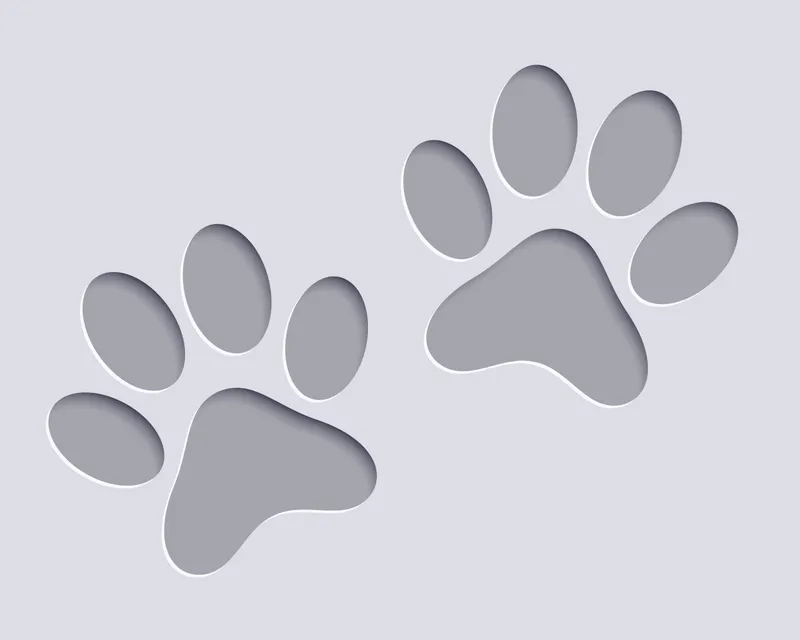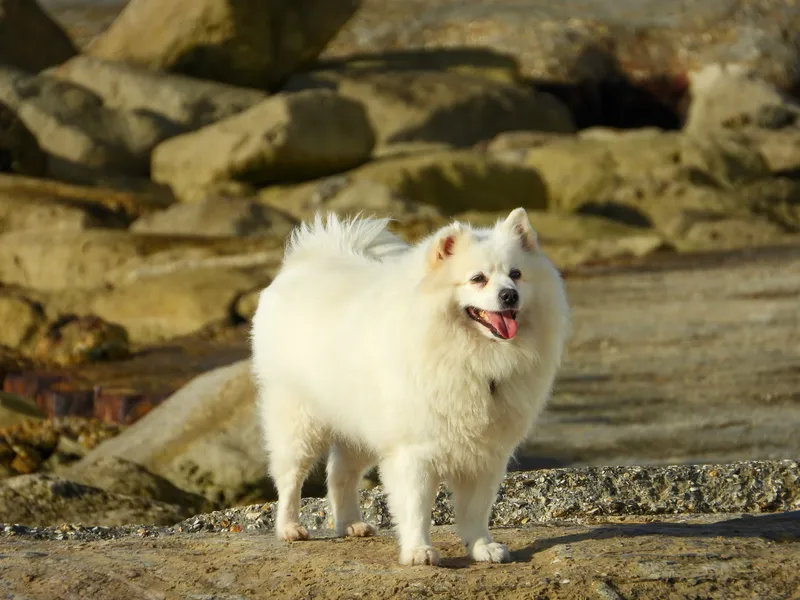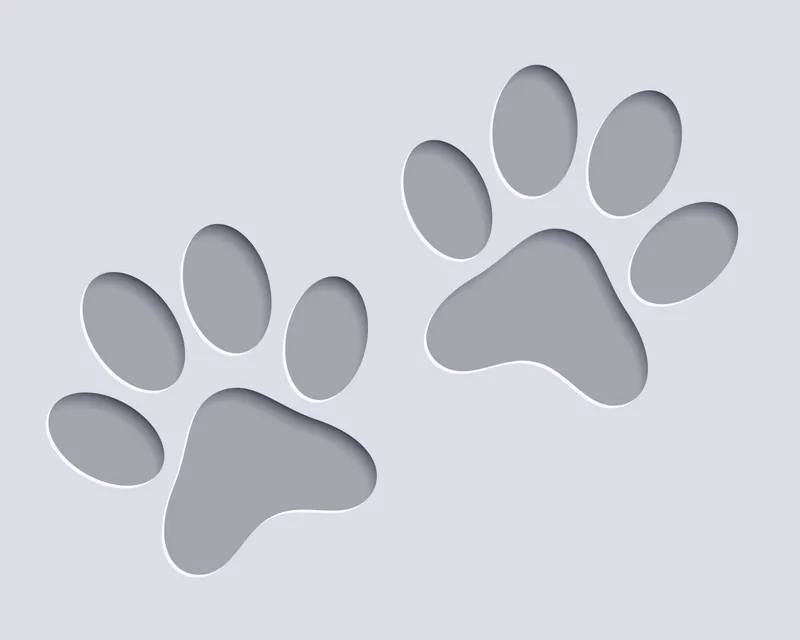Samoyed

Description
The Samoyed is a large, fluffy breed known for its striking white coat and friendly disposition. Originating from Siberia, they were originally bred by the Samoyede people for herding reindeer, pulling sleds, and, importantly, keeping their owners warm during harsh winters. Samoyeds are recognized for their signature "Sammy smile," a characteristic expression that gives them a friendly appearance. They are often seen as companions, working dogs, and show dogs, and they thrive in active households.
Personality
Samoyeds are known for their gentle and affectionate nature. They are highly social dogs that enjoy being around people and other pets, making them excellent family companions. Their playful and energetic demeanor can make them quite mischievous at times, so consistent training and socialization are essential. They are intelligent and eager to please, which can facilitate training, but they may also exhibit stubbornness. Samoyeds are generally good with children and can be quite protective of their family, making them good watchdogs.

Care Requirements
Samoyeds require regular exercise due to their high energy levels. Daily walks, play sessions, and mental stimulation are necessary to keep them happy and healthy. Grooming is a significant part of their care, as their thick coat sheds heavily, especially during seasonal changes. Regular brushing (at least twice a week) is essential to prevent matting and to manage shedding. They thrive in cooler climates and may struggle in extreme heat, so it's important to provide them with a cool environment during hot weather. Additionally, routine veterinary check-ups, a balanced diet, and proper training are crucial to ensuring their overall well-being.
Suitable For:
- Families with children due to their affectionate and playful temperament.
- Active individuals or families who can meet the dog's high energy needs with plenty of exercise.
- Owners who are at home often, as Samoyeds enjoy company and may suffer from separation anxiety if left alone for too long.
- Those who live in colder climates, as Samoyeds have a thick coat that protects them from cold weather.
- Those who need a protective yet friendly watchdog.
Not Suitable For:
- Those who prefer a quiet dog or live in noise-sensitive areas, as Samoyeds are quite vocal.
- Those who are away from home frequently or for long periods, as Samoyeds thrive on human companionship.
- Households with very small pets as their high playfulness can be overwhelming for smaller animals.
- Those who live in hot climates, as Samoyeds' thick coats can make them prone to overheating.
- Those who are not willing to invest time in regular grooming, as their thick, double-layered coat requires frequent maintenance.
Physical Characteristics
The Samoyed is characterized by its thick, double-layered white coat, which is designed to keep them warm in cold climates. They have a robust, muscular build with a strong, straight back and a deep chest. Their ears are erect and triangular, and they have a bushy tail that curls over their back. Adult males typically weigh between 45-65 pounds, while females usually weigh between 35-50 pounds. Their expressive eyes are often dark or brown and convey a friendly, intelligent demeanor.
Height
Male: 21" - 23.5"
Female: 21" - 23.5"
Weight
Male: 45 - 65 lbs
Female: 35 - 50 lbs
Life Expectancy
12 - 14 years

Breed Profile
Breed Characteristics
Maintenance Requirements
Breeds Similar to Samoyed
Based on temperament, size, and care requirements, these breeds share similar characteristics:
Frequently Asked Questions
Affiliate Disclosure: Pet Breed Hub participates in affiliate programs. We may earn a commission from qualifying purchases made through links on this page, at no additional cost to you. These commissions help us maintain this free resource. Learn more
Recommended Products for Samoyeds
Fun Facts
The Samoyed breed has a rich history dating back to over a thousand years ago, originating in Siberia. The nomadic Samoyedic people bred these dogs for a variety of purposes including herding, pulling sleds, and keeping their owners warm during the harsh Siberian winters.
Despite their fluffy and heavy coat, Samoyeds are surprisingly agile. Their double coat, consisting of a dense undercoat and a longer outer coat, serves as insulation against both cold and heat. The coat is so efficient that Samoyeds can comfortably live in climates ranging from very cold to moderately hot.
Samoyeds are known for their 'Samoyed Smile', a unique trait where the corners of their mouth turn upward, giving them a friendly and "smiling" appearance. This distinct facial feature has made them one of the most recognizable breeds.
During the "Race to the South Pole" in the early 20th century, explorers used Samoyeds because of their strength and endurance. Roald Amundsen, the first person to reach the South Pole, had a team of these dogs to help him achieve this feat.
The Samoyed breed has a significant cultural importance. In Samoyedic mythology, the dog is believed to have evolved from the 'Silver Pup' - a mythical creature that could transform into a white dog. This legendary creature is said to have helped the Samoyedic people survive during a time of famine by transforming into a Samoyed dog and leading them to food.



